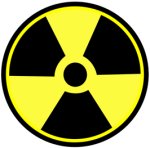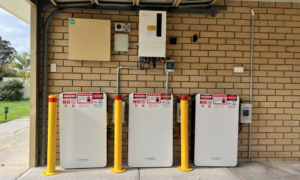In a bit of welcome news, it appears nuclear energy based electricity generation has been flat and will likely reduce in the years ahead.
According to the Earth Policy Institute, nuclear electricity-generating capacity has actually fallen 5 percent between 2006 – 2011 and is likely to drop off further as nuclear power plants are decommissioned faster than new ones are built.
After the Fukushima disaster in Japan, a number of nuclear reactors have been permanently taken offline in that country, Germany, and the United Kingdom. In 2011, only seven new reactors commenced operations globally. The net result was a two percent reduction in world nuclear capacity by the end of 2011.
While 2012 saw an added net 3,000 megawatts of nuclear capacity and 64 nuclear reactors are listed by the International Atomic Energy Agency as being under construction, less than 25% of those have a projected finish date and some reactors have been listed as “under construction” for over twenty years.
Aside from safety and environmental issues, a common problem faced in nuclear reactor construction are costs blowouts – they are hideously expensive to build – and the common delays on these new plants isn’t stopping the clock on older plants reaching their use-by dates.
“The average age of nuclear reactors operating today is 27 years; the 142 reactors that have already retired were just 23 years old on average when they closed. Many nuclear reactors have been granted operating extensions, usually for 20 years, beyond their typical design lifetime of 40 years,” says the Institute.
However, granting extensions is understandably becoming less attractive since the Fukushima disaster.
While the news may have the nuclear industry crying in its beer, the renewable energy picture is a much rosier one. The Institute says clean electricity generation utilizing the massive nuclear reactor situated a relatively safe 149 million kilometres+ away from us (the sun) has grown 62% per year since 2006.
Wind power (which is actually a form of solar power) is also certainly making its mark; including in Australia. Nearly a quarter of South Australia’s electricity came from wind farms during the 2011-12 financial year.
The Institute says China plans to increase its current estimated 60,000 megawatts of grid-connected wind power capacity to 100,000 megawatts and more solar power systems were added in the EU last year than any other source of electricity generation.
“As this story unfolds, it is becoming increasingly clear that we can design an energy economy that is at once low-carbon and low-risk.”












































